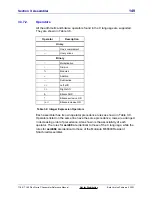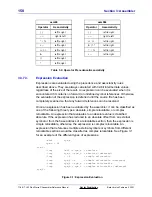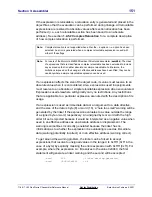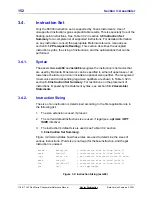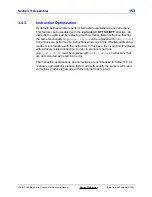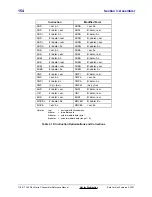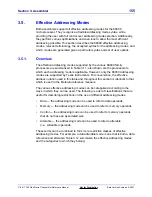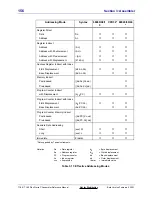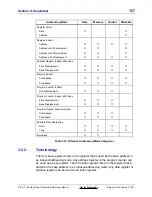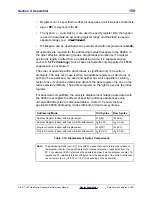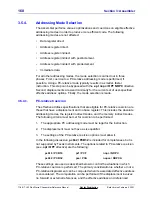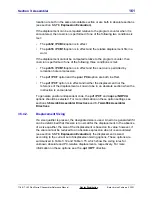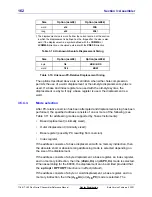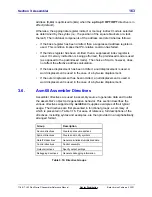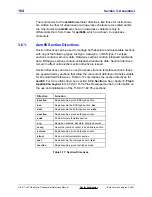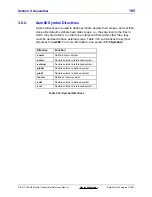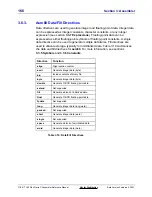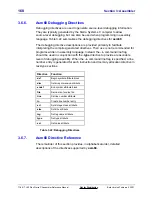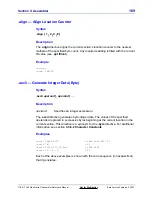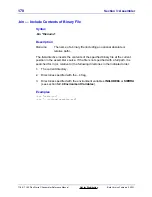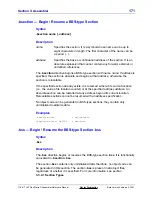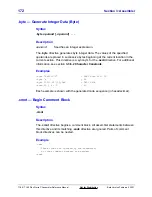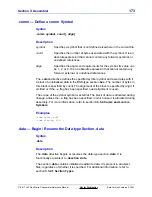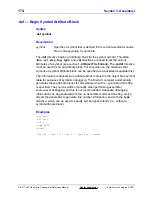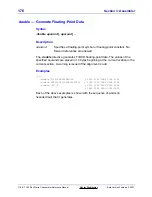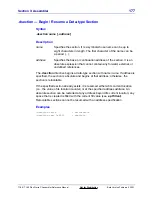
Section 3: Assembler
163
TI
-
89 / TI
-
92 Plus Sierra C Assembler Reference Manual
Not for Distribution
Beta Version February 2, 2001
address (0,An) is optimized to (An) when the .opt iopt / OPT IOPT directive is in
effect (default).
Otherwise, the appropriate register indirect or memory indirect mode is selected
as determined by the syntax (i.e., the position of the square brackets or a lack
thereof). The individual components of the address are determined as follows:
•
If the base register has been omitted, then a suppressed address register is
used. This condition implies that PC-relative coercion has failed.
•
If the index register has been omitted, then a suppressed index register is
used. If memory indirection is being performed, the preindexed mode is used
(as opposed to the postindexed mode). The choice of mode, however, does
not affect the effective address calculation.
•
If the base displacement has been omitted, a null displacement is used. A
word displacement is used in the case of a byte-size displacement.
•
If the outer displacement has been omitted, a null displacement is used. A
word displacement is used in the case of a byte-size displacement.
3.6.
Asm68 Assembler Directives
Assembler directives are used in assembly source to generate data and to alter
the assembler’s object code generation behavior. This section describes the
various directives supported by asm68 and supplies examples of their typical
usage. The directives are first presented in functional groups, a summary of
which is presented in Table 3.16. For ease of reference, full descriptions of the
directives, including syntax and examples, are then provided in an alphabetically
arranged format.
Group
Description
Section directives
Create and resume sections
Symbol directives
Create and modify symbols
Data/Fill directives
Generate initialized/uninitialized data
Control directives
Control assembly
Output directives
Specify output settings
Debugging directives
Generate debugging information
Table 3.16: Directive Groups

